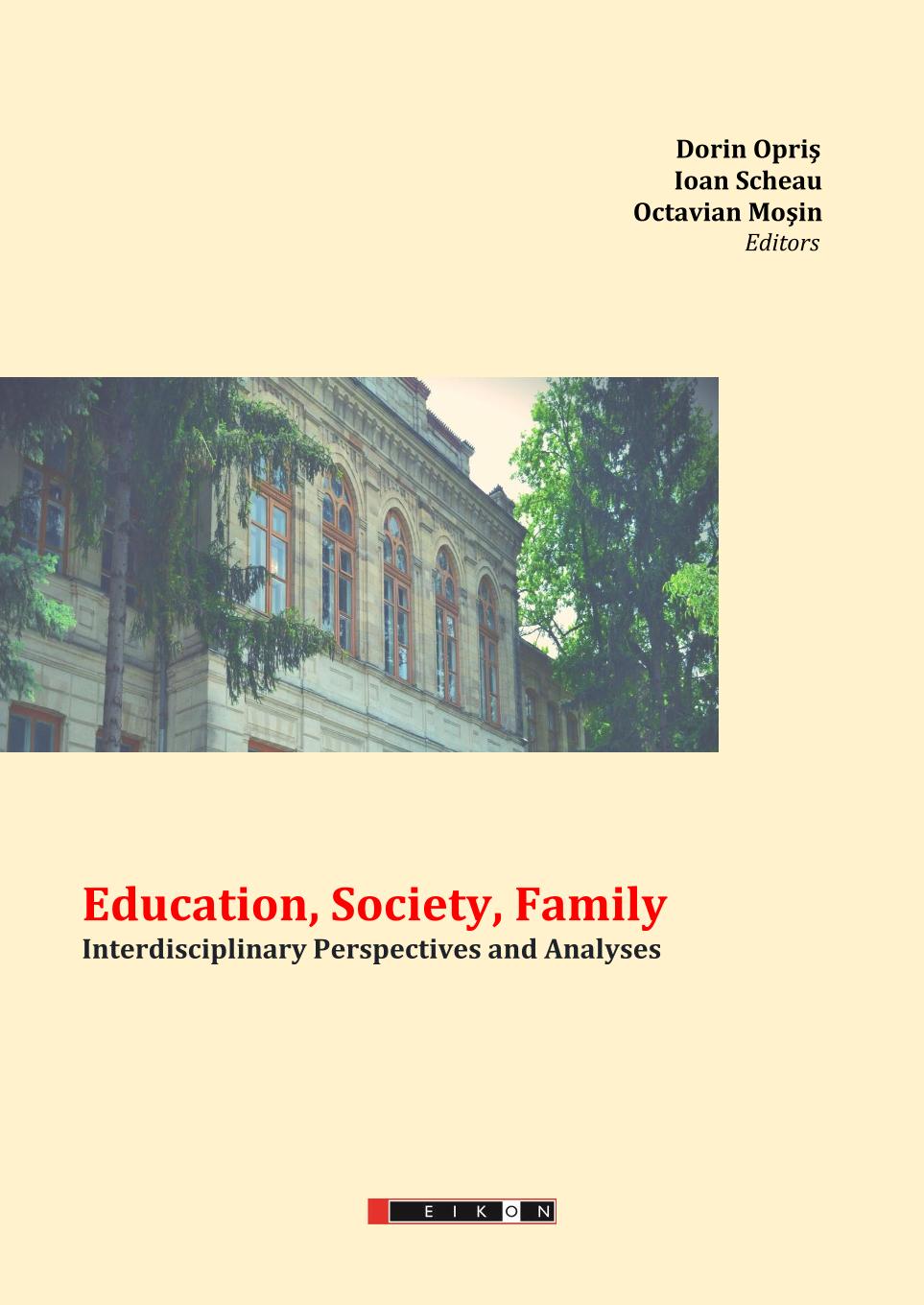THE MORAL MODEL TECHNIQUE AND PRESCHOOL EDUCATION. KINDERGARTEN TEACHERS’ PERSPECTIVES
THE MORAL MODEL TECHNIQUE AND PRESCHOOL EDUCATION. KINDERGARTEN TEACHERS’ PERSPECTIVES
Author(s): Nicoleta-Alina Nicola, Ana Fȃntȃnă
Subject(s): Education, Preschool education
Published by: Editura Eikon
Keywords: moral model; moral attitudes; moral behavior; teaching methods; early education;
Summary/Abstract: This paper aims to analyze the opinion of teachers for preschool education in terms of adopting the best strategies for activities in which the technique of the moral model is used. In this research we are using the moral model technique as a didactic method. From this research carried out so far in the field of Education Sciences, it emerges the special importance of the formation of a moral conduct in children, starting especially from the early education, where the basis of future education is realized. One of the issues discussed in this research is the use of the most appropriate teaching strategy to combine modern teaching methods with traditional ones in kindergarten activities that use the technique of the moral model. The use of moral models in activities guides both teachers and, especially, children in the formation of a moral conduct, in the acquisition of moral norms and values and in the formation of desirable behaviors based on morality. The effect of using the moral model also depends on the quality of the model and how it is perceived by preschoolers. In the primary phases of the ongoing research, we applied a questionnaire to a sample of 132 educators from several counties in the country. Teachers' responses showed that most (98%) of them use the technique of the moral model in activities, to form attitudes and moral behaviors in preschoolers. 99% of the respondents adopt a teaching strategy that combines modern teaching methods with traditional ones in carrying out kindergarten activities. From their answers, we notice that the most important criteria for choosing the right moral models to be used in activities are: the age peculiarities of the children; the number of positive qualities of the moral model; the moral behavior that is to be developed in the respective activity; the notoriety of the chosen model; the degree of morality of the model and the children's affinity for certain moral models known to them, usually characters from stories. Although 90% of the responding teachers consider that the parents of preschoolers have a very important role in shaping the moral behavior and moral attitudes of children, the same percentage say that kindergarten helps a lot in correcting undesirable behaviors of children and training their moral conduct. From the answers given, it appears that the priority teaching methods for the formation of behaviors and moral attitudes in preschoolers are Explanation, The method of thinking hats, Storytelling, Dramatization and Brainstorming.
Book: Education, Society, Family. Interdisciplinary Perspectives and Analyses
- Page Range: 165-175
- Page Count: 11
- Publication Year: 2021
- Language: English
- Content File-PDF

